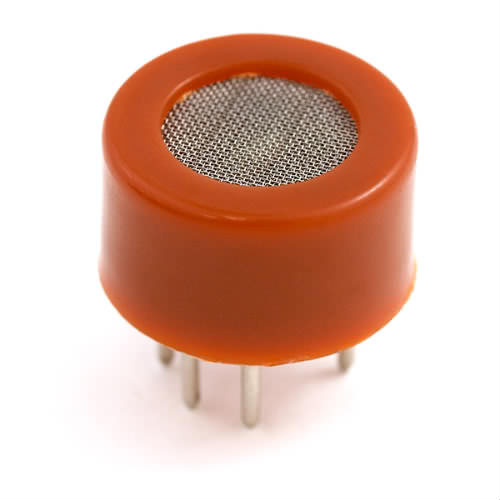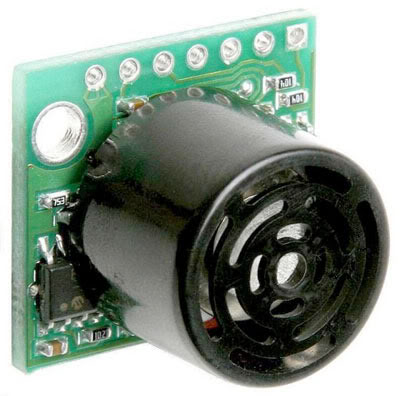It happened last week, starting on Monday 11th January and finishing on Friday the 15th, the I Meeting of Electronic Arts, where people from many differet places of Brazil came to see what was going on. Our first idea was a meeting (de)constructive, build, hack, modify, learn, teach, freedom of knowledge. Several workshops were presented, Basic Electronics, Processing, PureData, and others (the videos of the presentations will be distributed when people finish editing).
On Tuesday night we made a walking trip crossing the dunes till we find Joaquina’s beach. After swiming in the cold waters, we walked back on a thick rain, amazing, it was long ago since the last time I walked on the rain wanting it!
We learned/teched a lot in this event, one thing that we’ve noticed is that creative minds work much better after midnight. There was no point planning anything for the morning because no one could wake up before 11h.
On Thursday night a party was organized, where we put in for a test some projects developed during the event, for example a Breathalyzer using a Alcohol Gas Sensor MQ-3 sensor, LEDs and an Arduino. By the way, never seen so many arduinos in one place, in different sizes and colors, beautiful!
Here is also a Video from the Breathalyzer (I will make a post on how you can make one after the Campus Party next week)
Some more videos can be found on my Vimeo.

